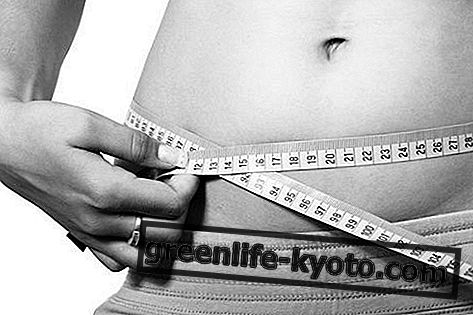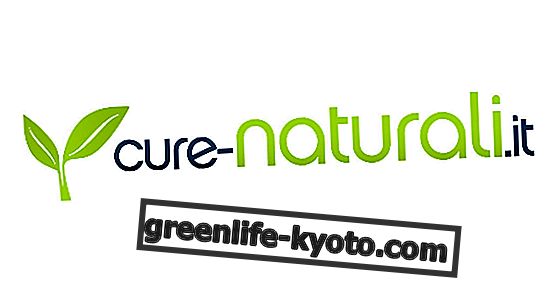
When we talk about the integration or supplementation of the athlete, we must consider an extremely heterogeneous world in which there are people who practice activities of an agonistic nature and others of an amateur nature, whose metabolic expenditures are extremely different. In general, those who practice sports at an amateur level train on average 3 times a week, for a maximum duration of about 2 hours per session.
This type of activity involves an increased but replaceable energy requirement with adequate and correct nutrition, often without the need to resort to the use of dietary products or food supplements.
Otherwise, the professional sportsman, who carries out daily heavy training and extremely demanding competitions, with particular muscular load, both in terms of resistance and power, must carefully take care of the nutritional aspects.
In these cases, the diet must take into account the anthropometric characteristics of the athlete, the specific training programs, the competitive calendar and the technical characteristics of the competition, both for the quantity and for the quality of the nutrients to be assured.
The athlete's diet, in terms of quality, generally does not differ much from that of others and must consist of unrefined foods with a high macronutrient content (carbohydrates, proteins, fats) and micronutrients (vitamins and minerals) and a correct intake water, not limited at meal times but distributed throughout the day, especially when sports activities are carried out in environments with particular climatic conditions such as high temperature and / or high humidity.
The aforementioned characteristics and the needs that are emerging often lead to the need for suitable integration: in this context, a wide range of supplements (minerals, vitamins, proteins, amino acids, plant extracts, etc.) can be found.
The appropriate integration, which must always take place after a careful evaluation by appropriately trained healthcare personnel, aims to compensate for any deficiencies and offer a possible improvement in performance but above all speed up recovery and, the main objective, the maintenance of an optimal health state.
Mirco, how many days a week do you train and for how many hours?
Every day, 18 weekly training sessions.
What kind of training do you do? Tell us your typical day
The alarm clock is set at 7:00 to immediately perform an activation muscle training. An abundant breakfast follows, followed by a second daily training session lasting about two hours.
Lunch and rest to present yourself to afternoon training still in excellent shape. Dinner is in the very early evening to be able to go to sleep early.
Are you attentive to what you eat?
Proper nutrition is as important as training for a top-level athlete. As athletes of the national team, our Federation is followed by doctors and nutritionists who take care of our diet. Over the years, I have learned to be attentive to what I eat.
Weight lifting, a sport you practice successfully, requires careful nutrition but perhaps also the use of supplements?
Being a sport with weight categories, we must constantly monitor the anthropometric and nutritional parameters; for this reason we constantly follow a balanced diet to which we associate an integration program, as suggested by the health staff.
How often do you use supplements?
I follow cycles of integration with proteins, amino acids and multivitamins depending on the various stages of training for about three weeks followed by a wash out phase.
We thank Mirco Scarantino for the availability and we take the opportunity to make him a great good luck for the immediate next Olympics !
Interview by Dr. Annamaria Salvati













